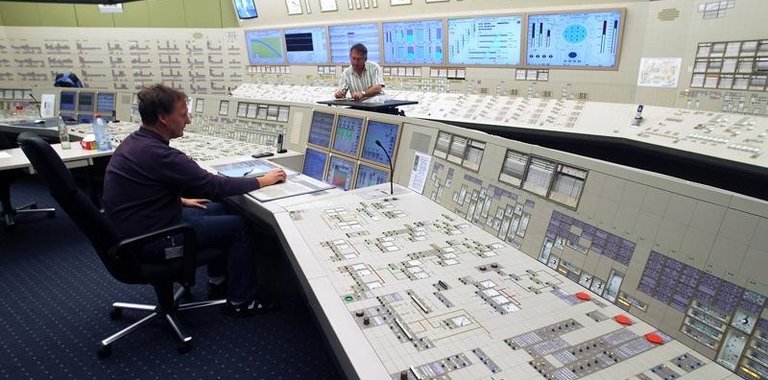
Power generation doesn’t break for a pandemic
Safety is a top priority for any nuclear power plant. Companies in this sector make significant investments in detection and protection equipment to ensure safe operation. At times, crews have to take reactors offline for routine maintenance or unplanned repair.
When a system with Reuter-Stokes components requires troubleshooting, engineers from this Baker-Hughes company in Twinsburg, Ohio, ensure they have an engineer on-site to oversee the entire process. Even a global pandemic can’t keep them from taking their expertise across the Atlantic Ocean to Switzerland.
Built in 1984, the Kernkraftwerk Leibstadt KLL nuclear power plant is the newest and most powerful plant of its kind in Switzerland. Located near the city of Leibstadt in the Canton of Argau, the plant produces approximately 9,500 gigawatt-hours of electricity a year when at full operation.
This makes up 14% of Switzerland’s electricity production and can serve 2 million Swiss households. In spring 2020, KKL’s gross electricity production reached 300 terawatt-hours, or 300 billion kilowatt-hours, since the start of its continuous operation.
A BWR-6 General Electric boiling water reactor powers it all. This nuclear steam generation system, the core of everything, delivers a thermal output of 3,600 megawatts. Inside its core, the reactor features three kinds of Reuter-Stokes nuclear detectors made for BWR units like the one at this KKL facility.
This includes the wide-range neutron monitoring detectors (WRNM) to perform the functions of both the source-range monitor (SRM) and the intermediate range monitor (IRM) during reactor startup. Local power range monitor detectors monitor power in the reactor core during normal operation. Traversing in-core probes (TIPs) measure the neutron flux and power distribution in the reactor core to calibrate the local power range monitor detectors.
These tools are crucial parts of the permanent monitoring and maintenance needed to keep reactors working safely and reliably to spec. Reliability ensures no unplanned shutdowns, supports timely startups, resolves problems and aligns timely delivery with outage schedules and goals. Most importantly, an innovative detector design reduces dosages to personnel during replacement.
There are more than 140 Reuter-Stokes in-core detectors installed at KKL’s Leibstadt reactor. As part of a normal maintenance outage, some detectors are replaced due to reaching the end of the normal service life.
KKL has had a Reuter-Stokes engineer on site for the last seven outages. Because safe nuclear power generation can’t wait for a global pandemic to end, Reuter-Stokes Nuclear Field Engineers Michel Colton and Keith Swing overcame a number of challenges caused by COVID-19 restrictions to get on site for a planned outage in July 2020.
To start their journey to KKL Leibstadt, the pair had to travel to New York to the Swiss Consulate General to obtain the newly required travel documents to leave the United States and travel overseas during the pandemic. Once they arrived in Switzerland, they spent five days in self-quarantine before they could visit the plant and assist in testing the in-core detectors.
“The wait was so worth it,” Swing says. “It was my first time at KKL. They are so organized there and have impressive attention to detail.
In addition to performing troubleshooting and testing, the engineers trained the KKL team on the Reuter-Stokes’ portion of the reactor’s TIP system using a training mockup built to emulate the ones at the Leibstadt site.

